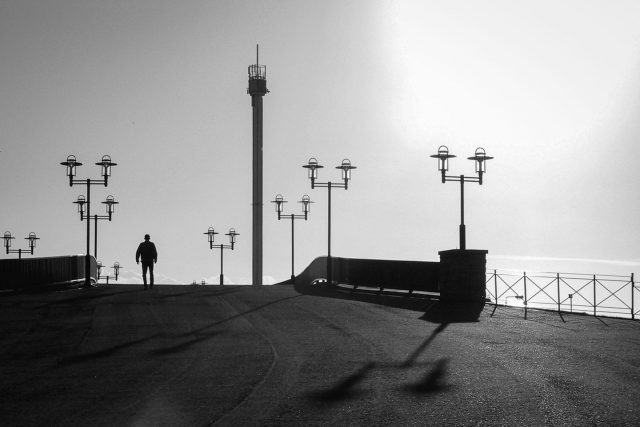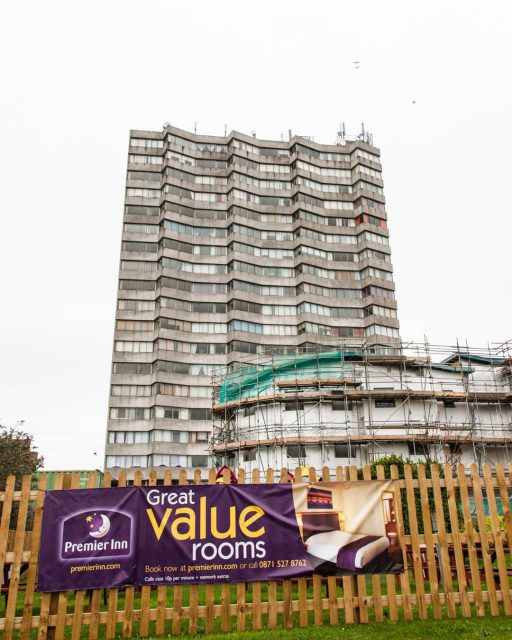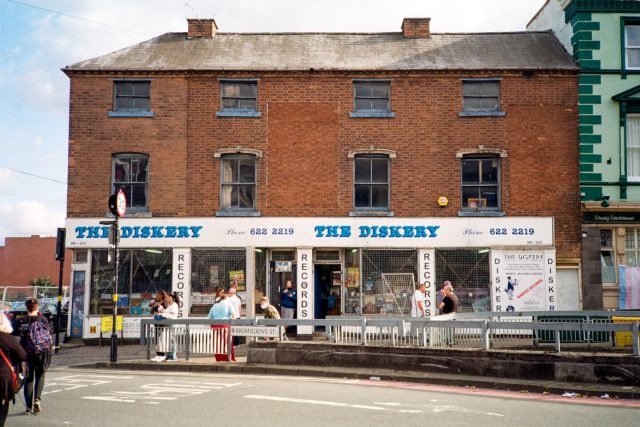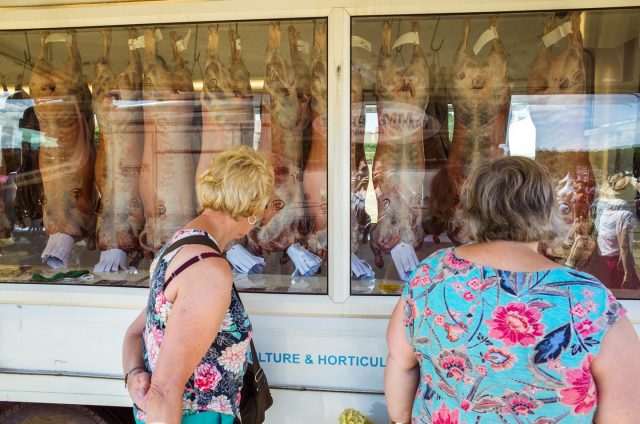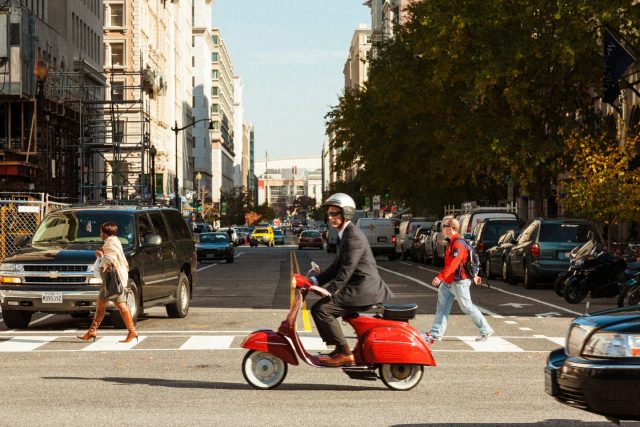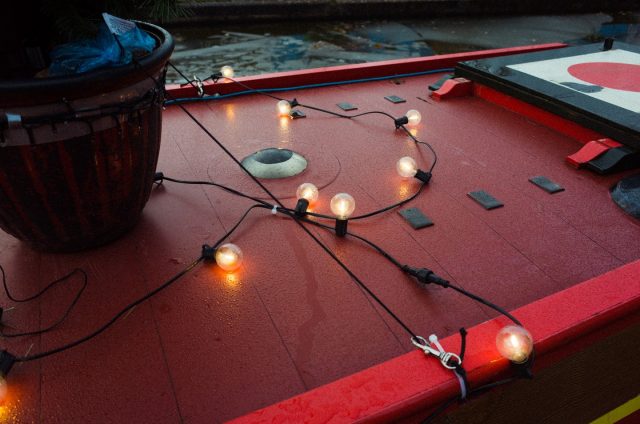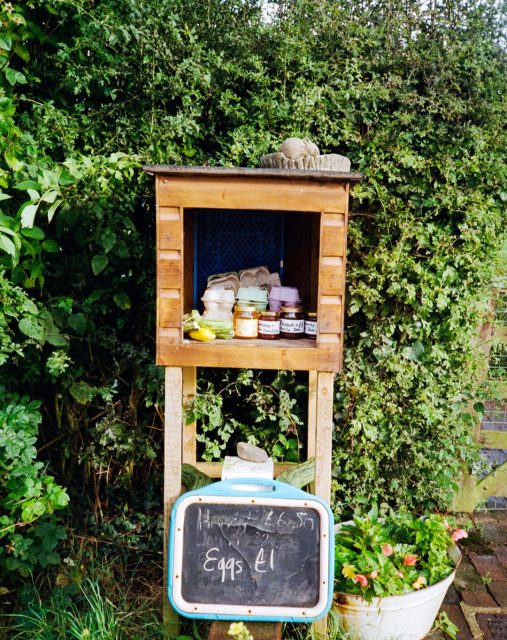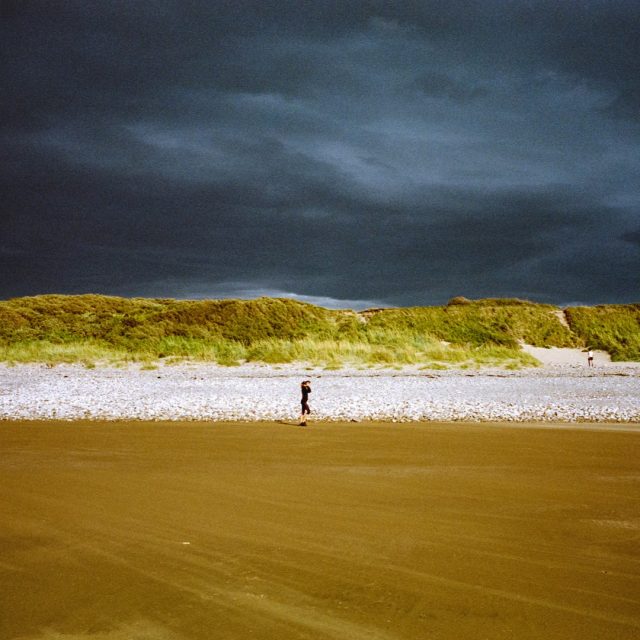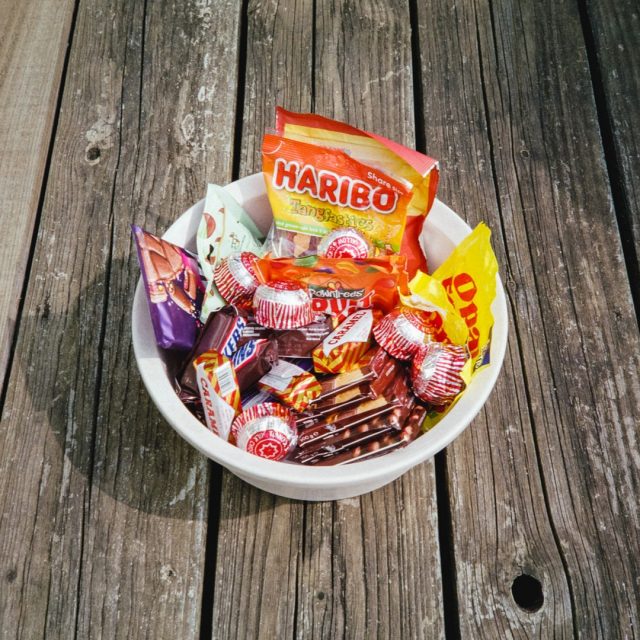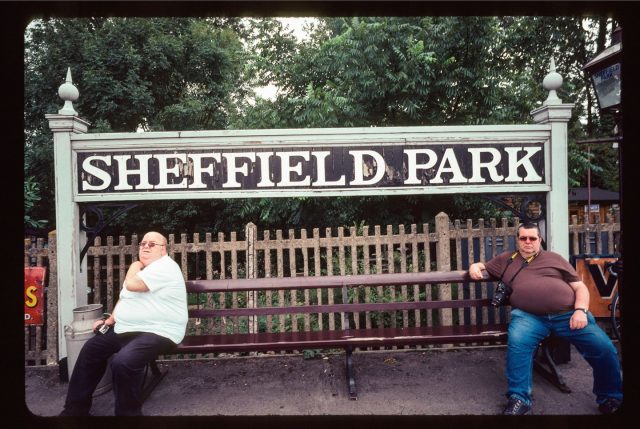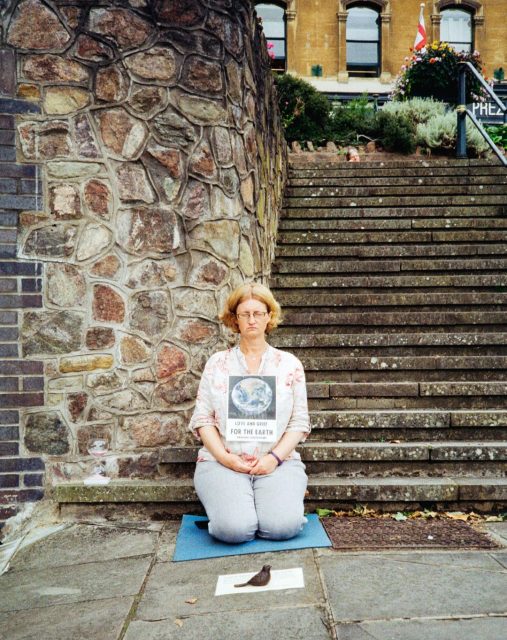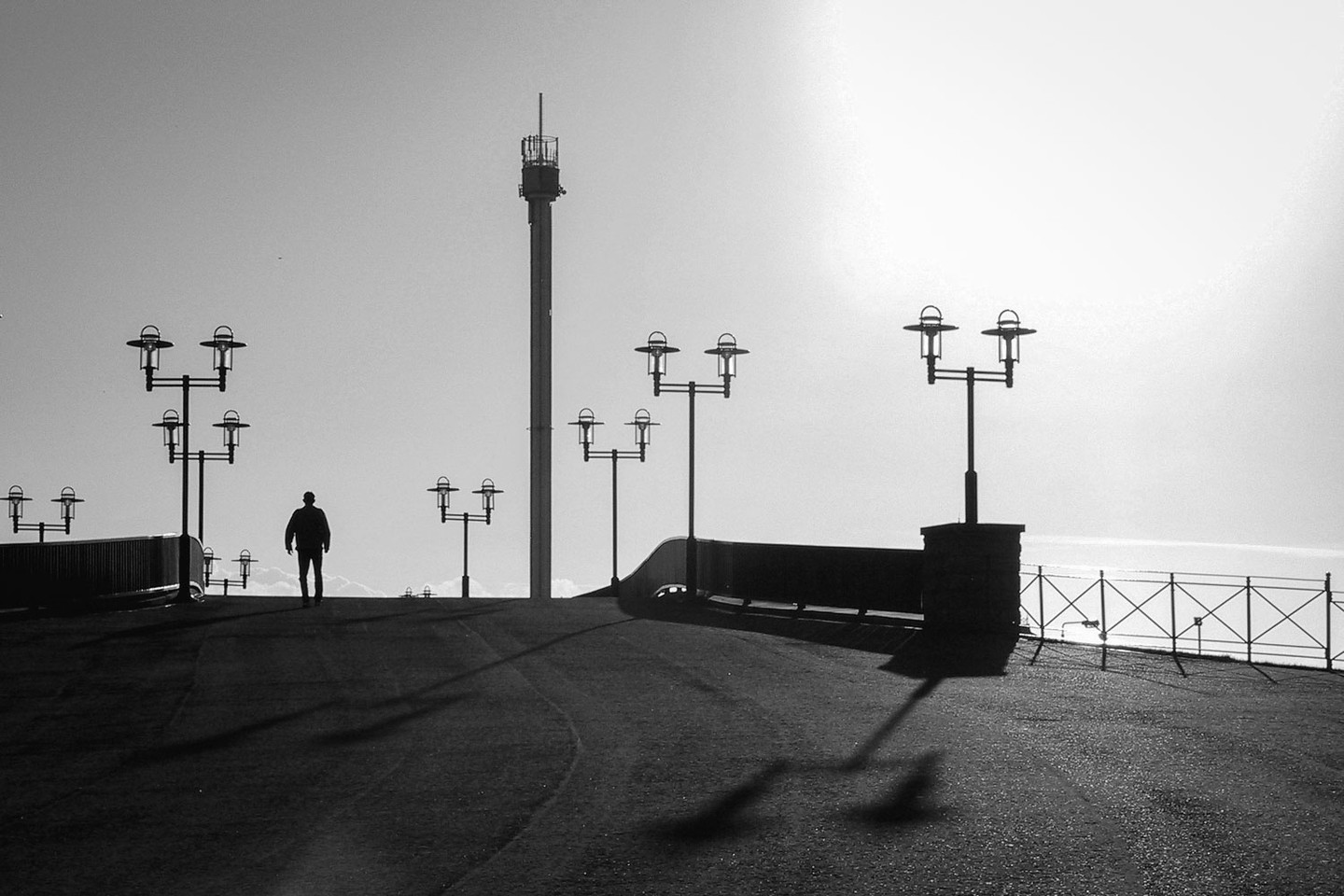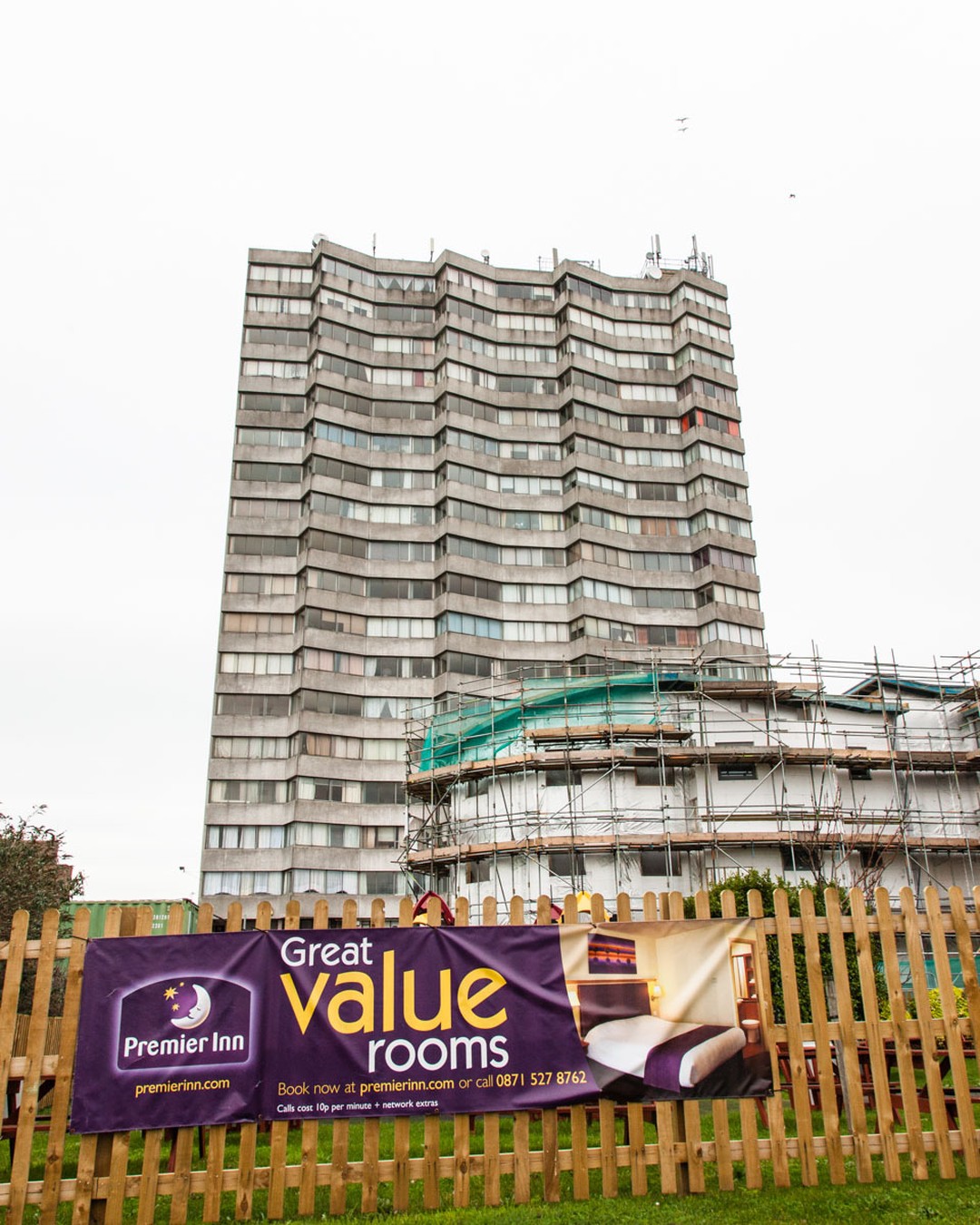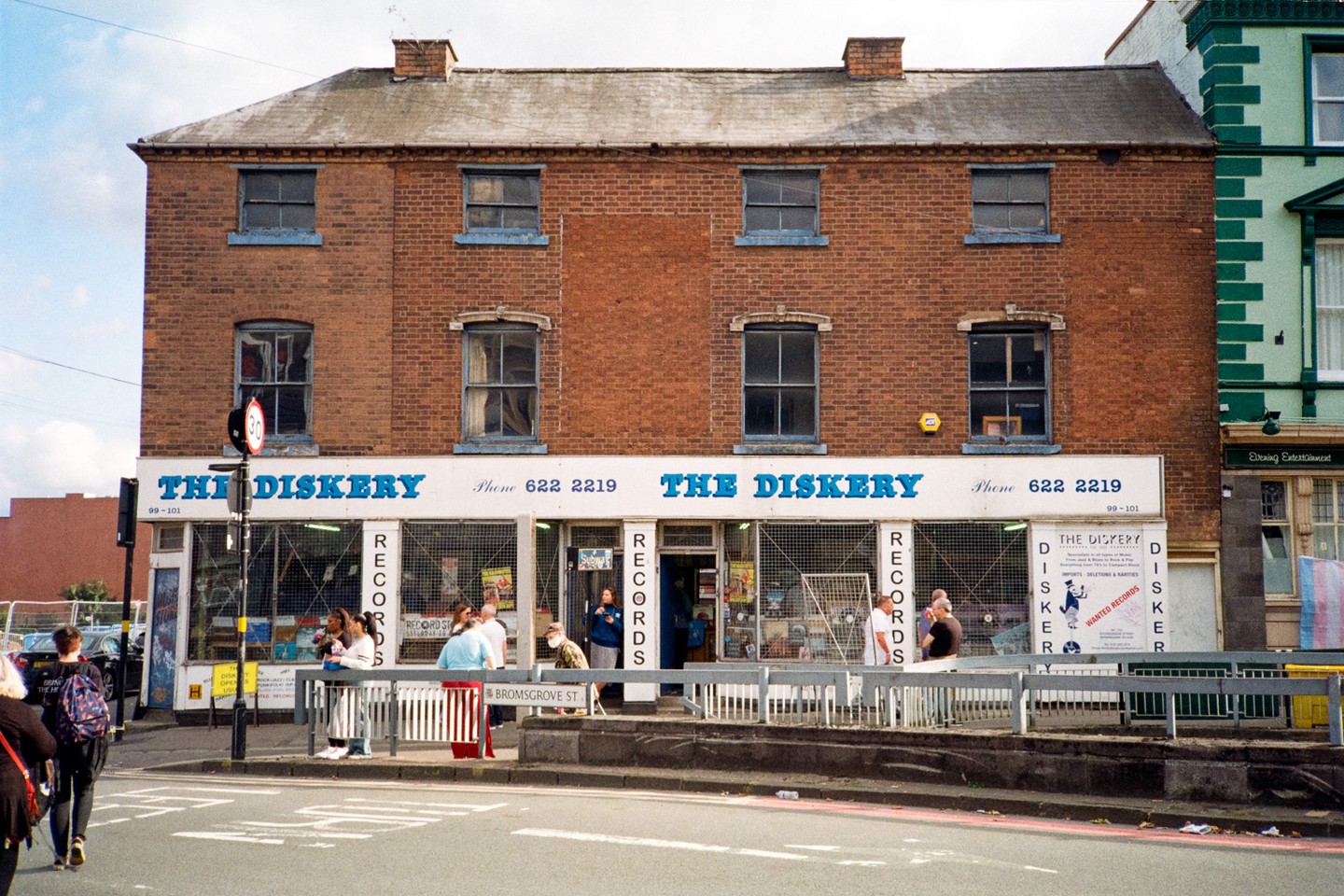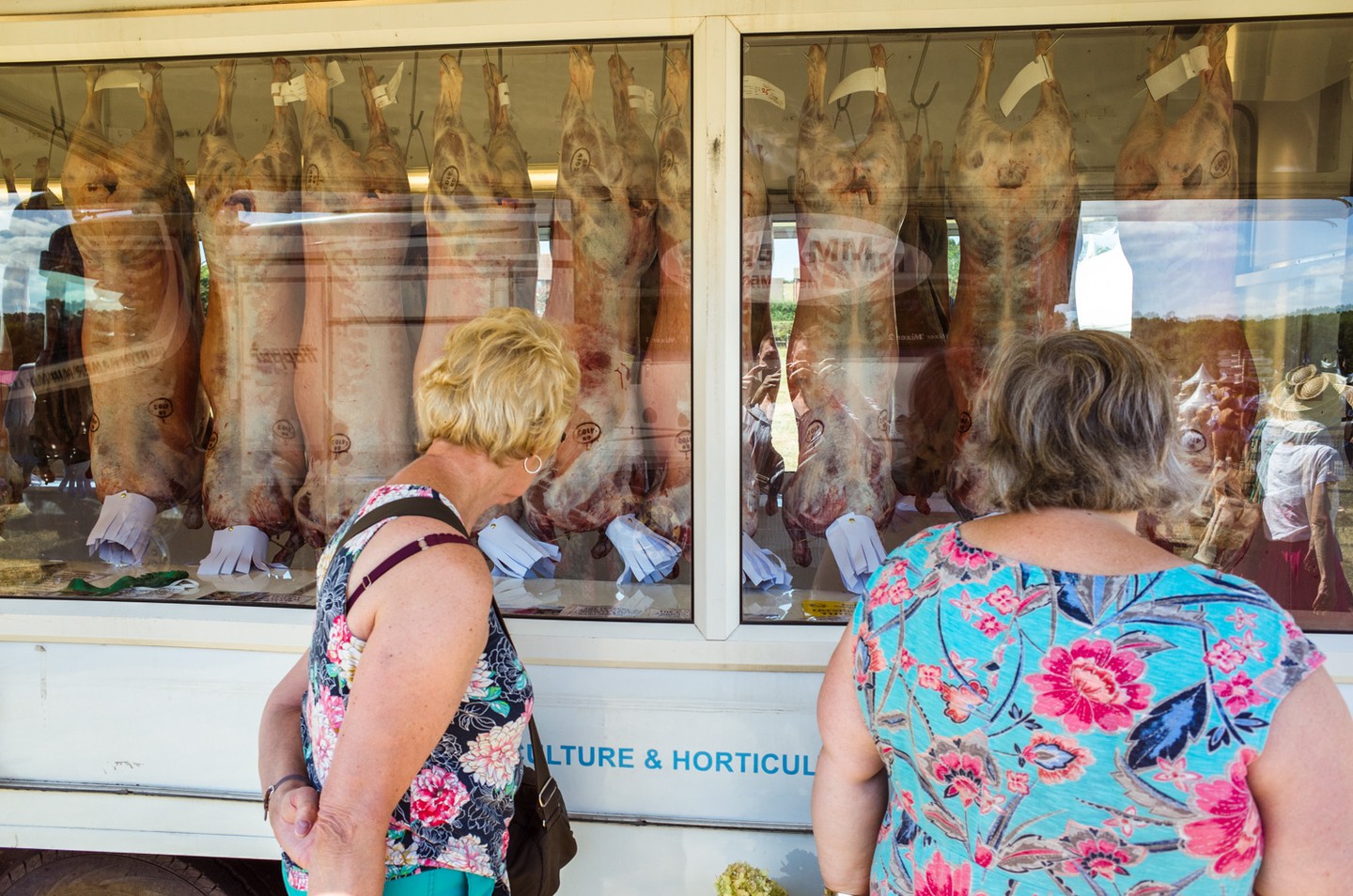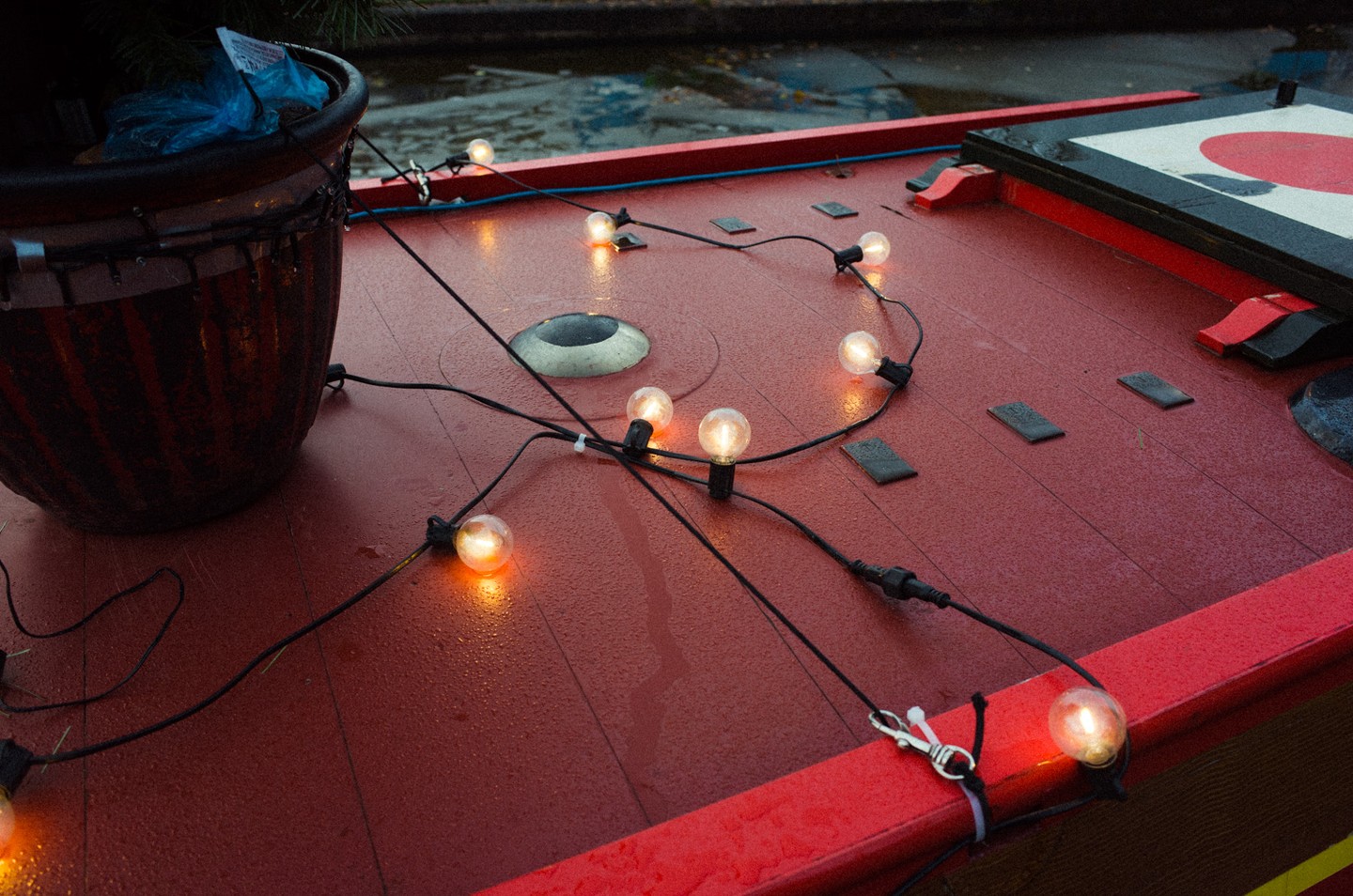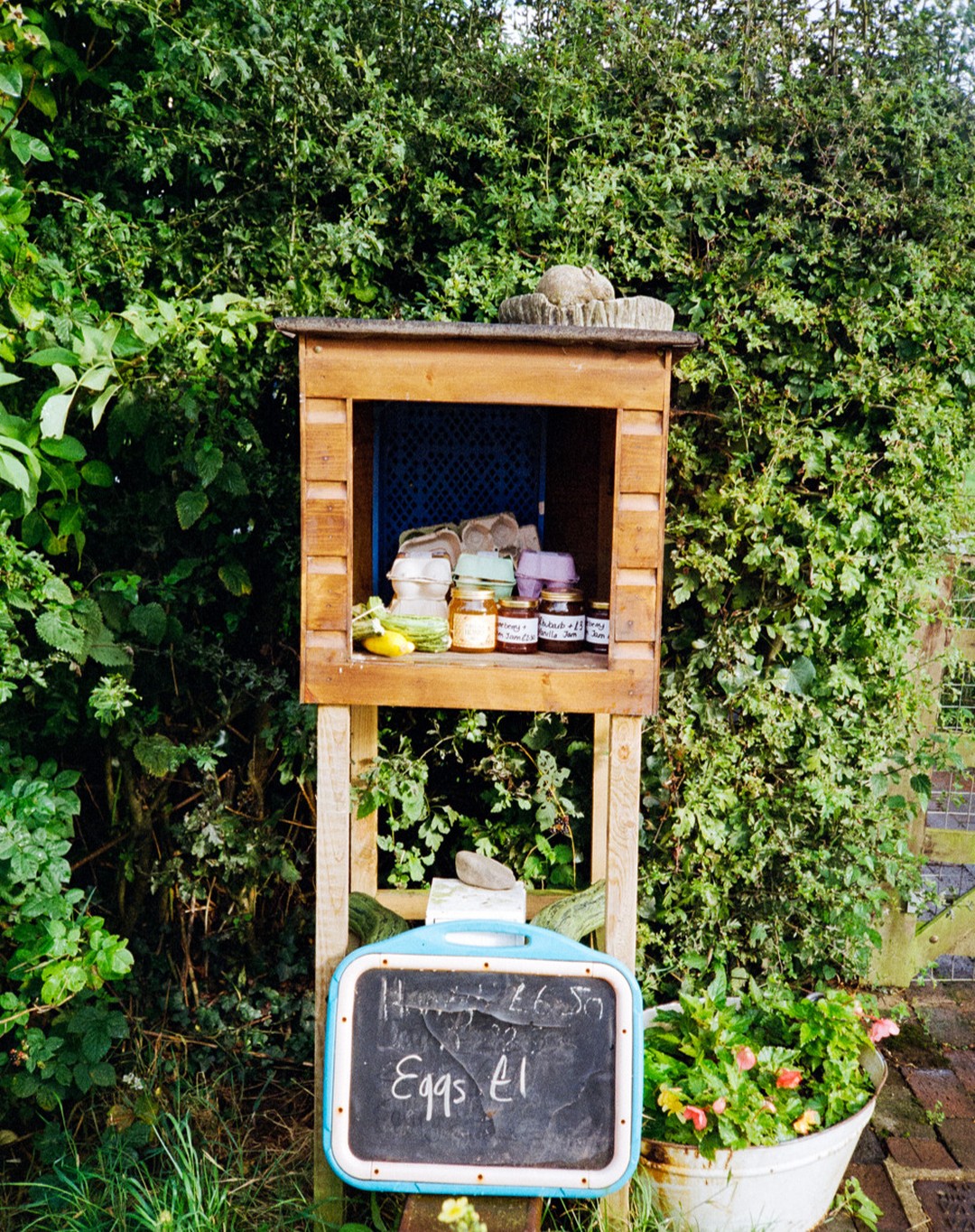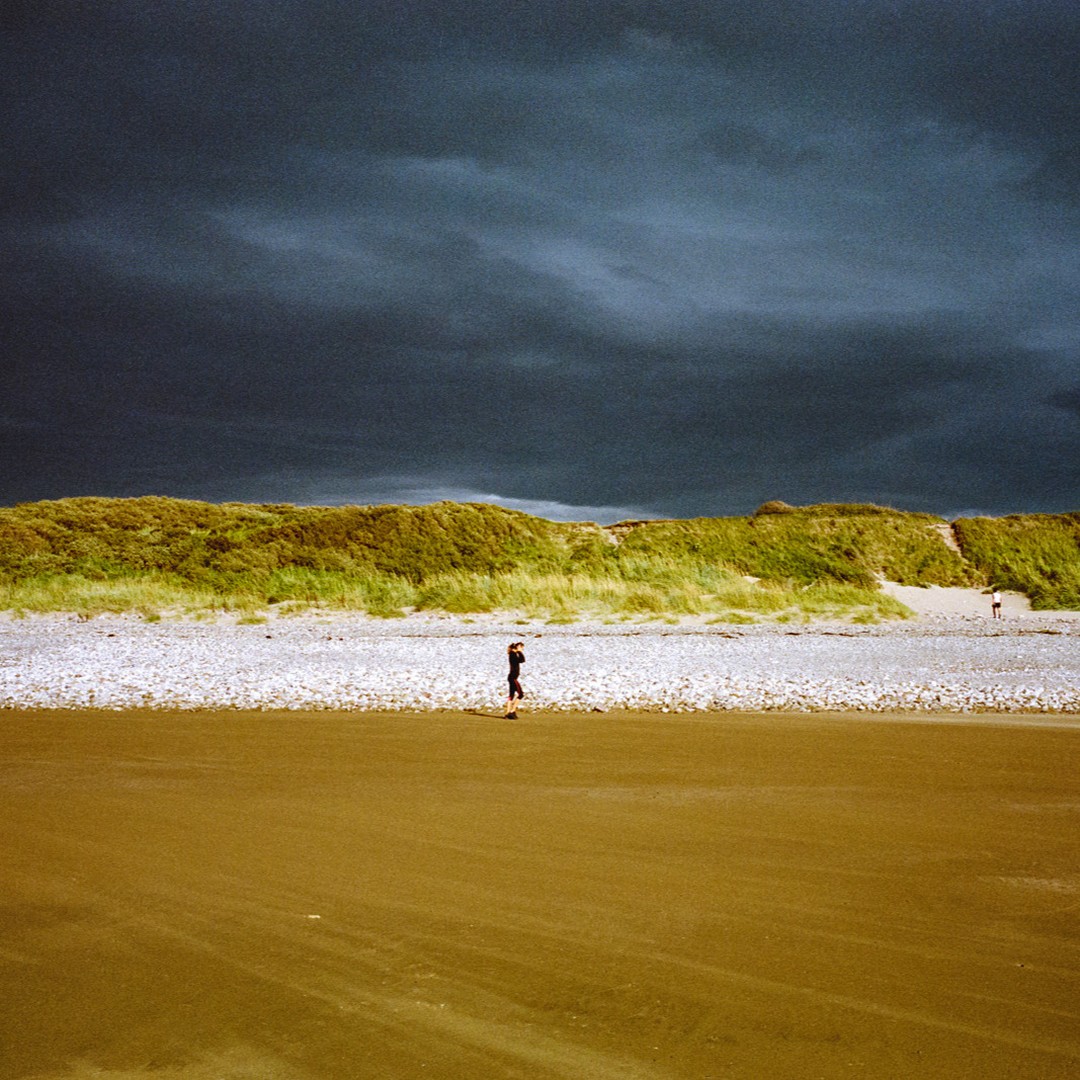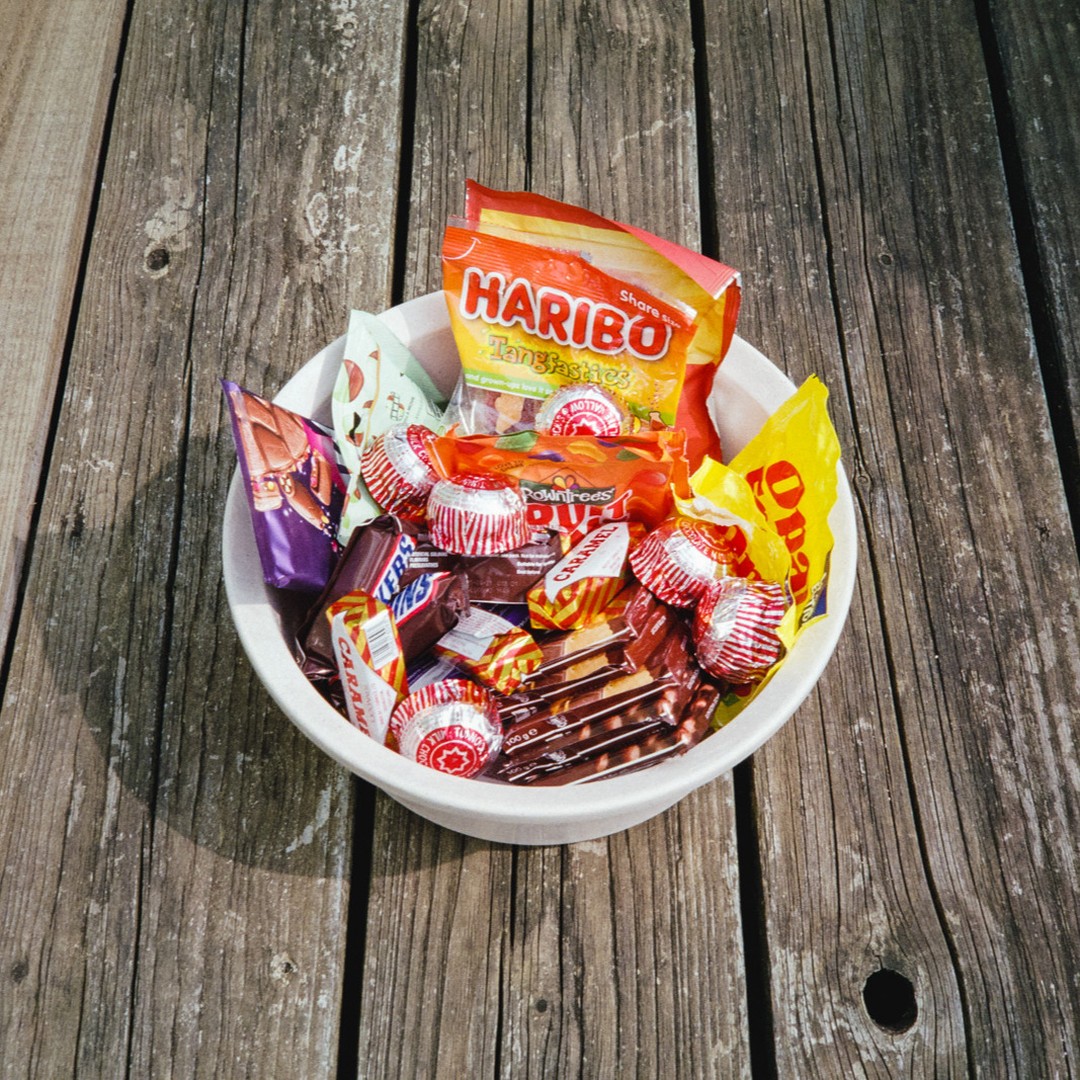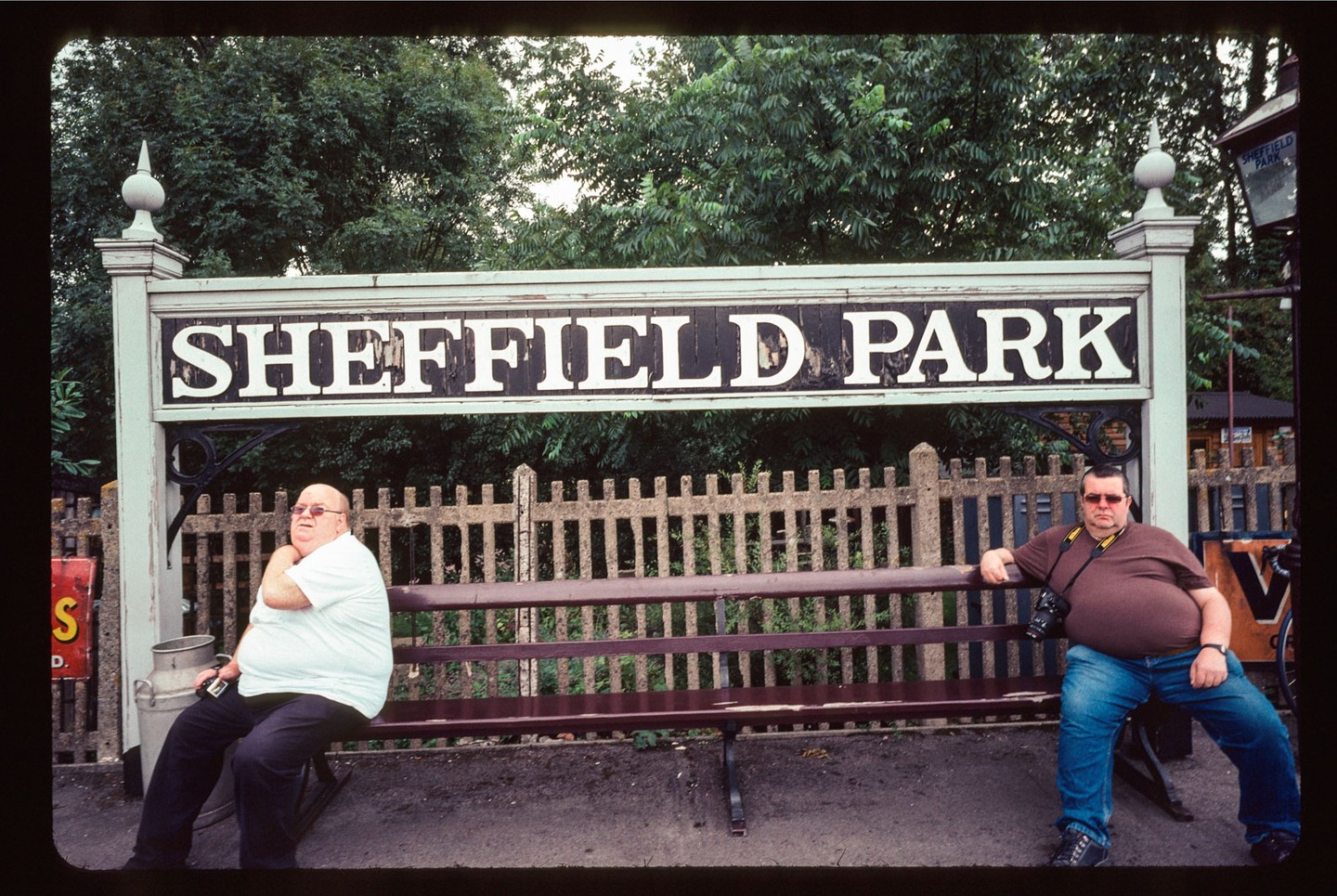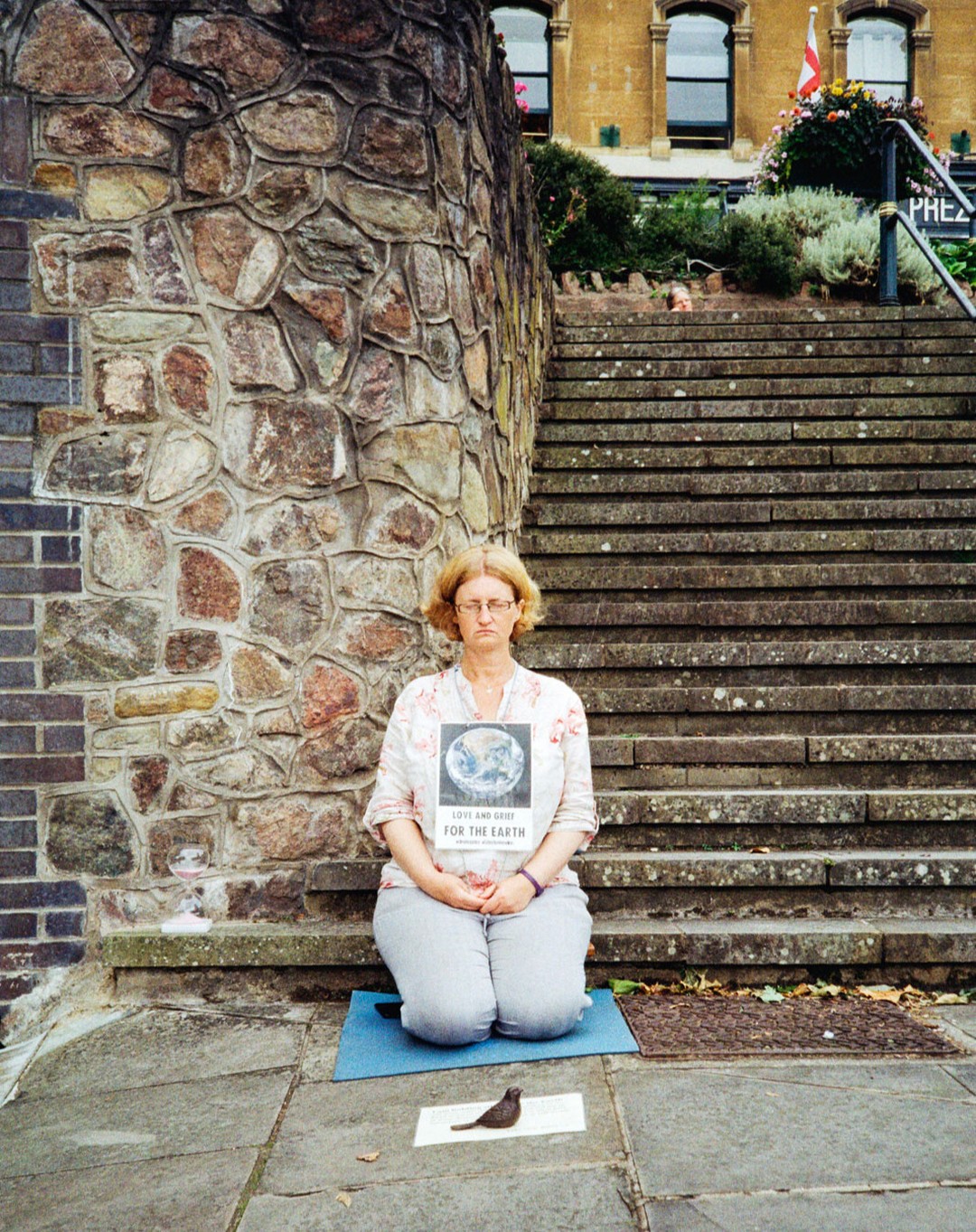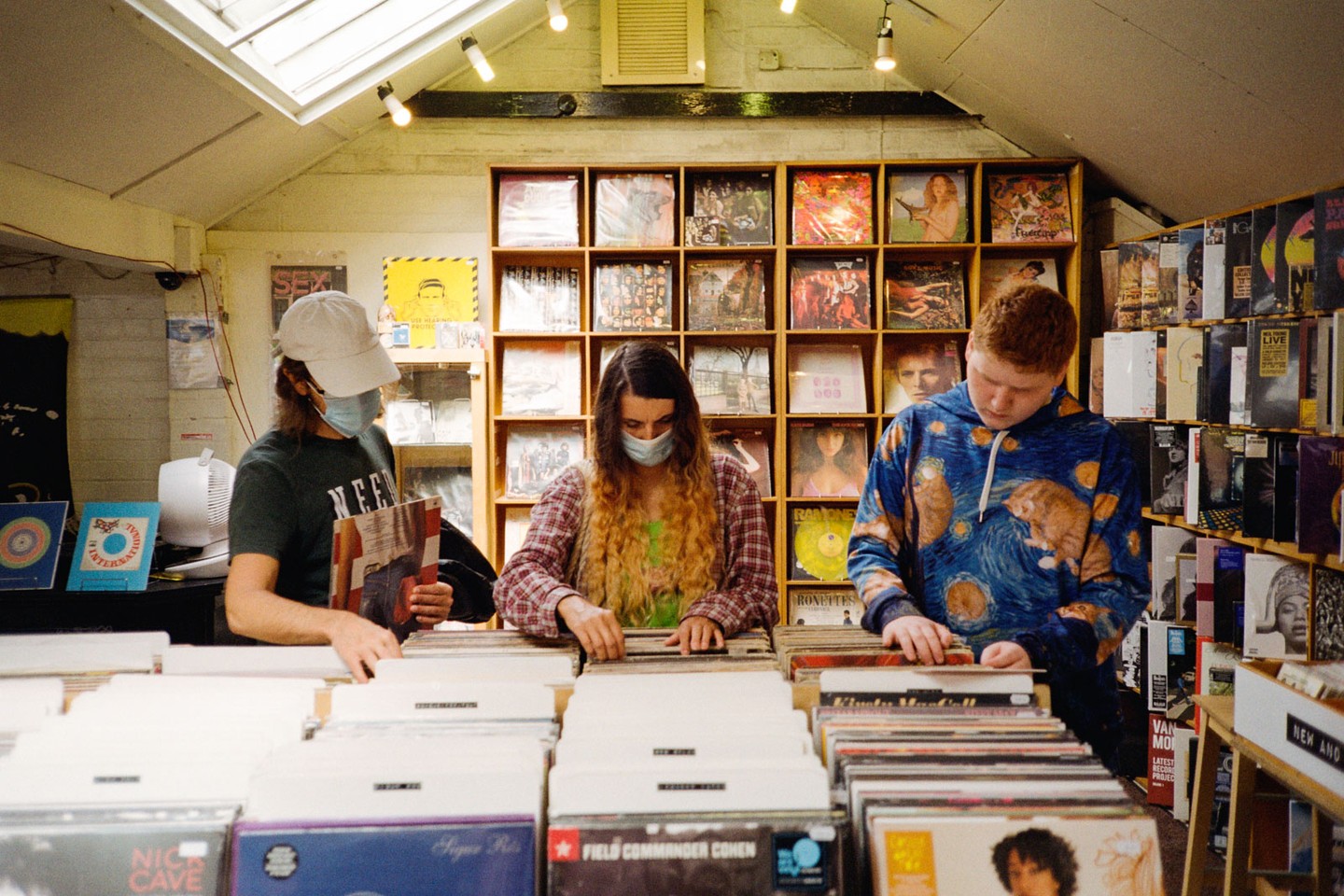Hereford Poultry Auction: The Old Livestock Market
In the heart of Herefordshire lies a cherished tradition rooted in the region’s agricultural past—Hereford Poultry Auction. Originating at the historic Old Hereford Livestock Market, this vibrant auction was where farmers and traders exchanged livestock and goods, embodying the traditions of rural life. This blog post is a visual reminder of the day I took photos at the auction in 2009. That was two years before the modern Old Market Shopping Centre replaced the market. For some, its closure marked a significant shift in the rural traditions of Hereford and the end of an era.
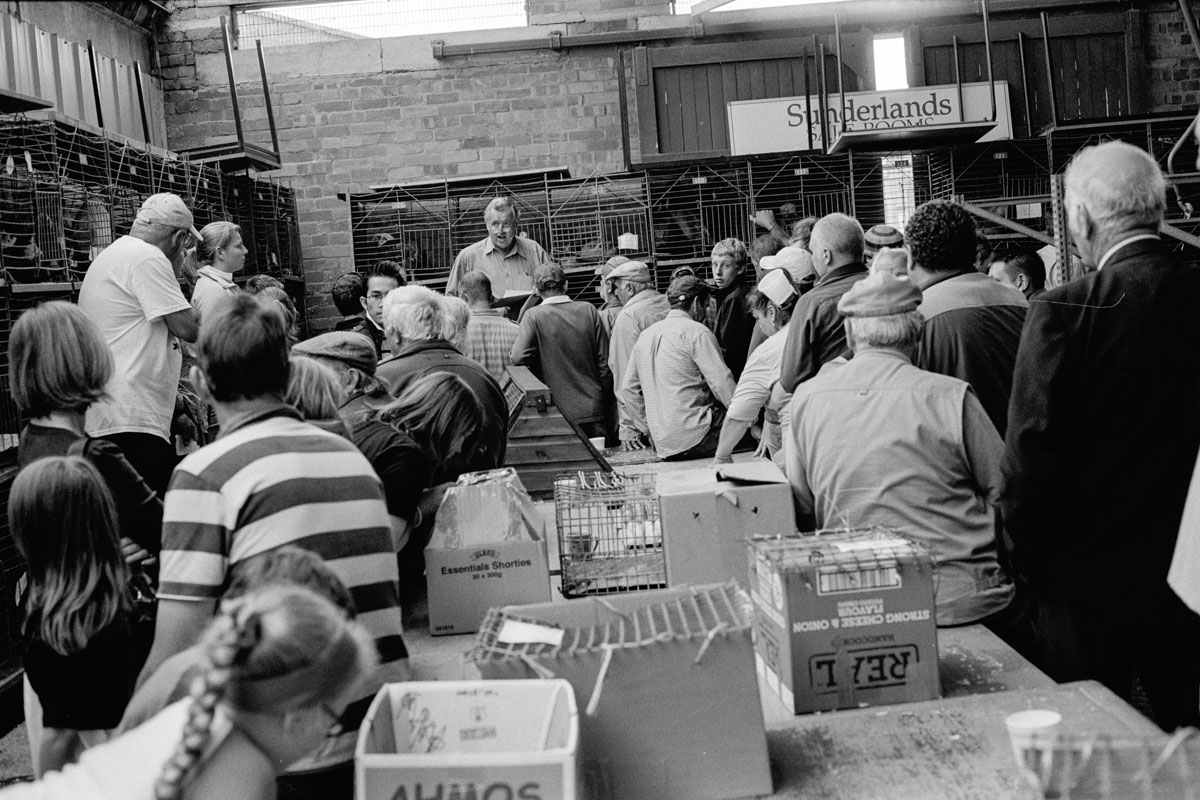
The Atmosphere Inside Sunderlands Salerooms
On the day I attended with my camera filled with black-and-white film, the atmosphere inside Sunderlands Salerooms (see Figure 1)—an old brick building—was somewhat dim. However, the narrow horizontal windows provided just enough natural light to capture the atmosphere. I saw birds of all kinds, including chickens, ducks, geese, baby chicks, and ducklings. They were housed in cages along the four outer walls, allowing potential buyers to inspect them before placing their bids.
The subdued lighting created a dramatic ambience. It was perfect for the monochrome aesthetic I was aiming to achieve. Moreover, the light streaming through the windows cast striking shadows, enhancing the texture of the old brick walls and the activity within. As I moved around the room, I captured buyers examining the birds (see Figure 2) and engaging in conversations (see Figure 3) while clucking and chirping filled the air.
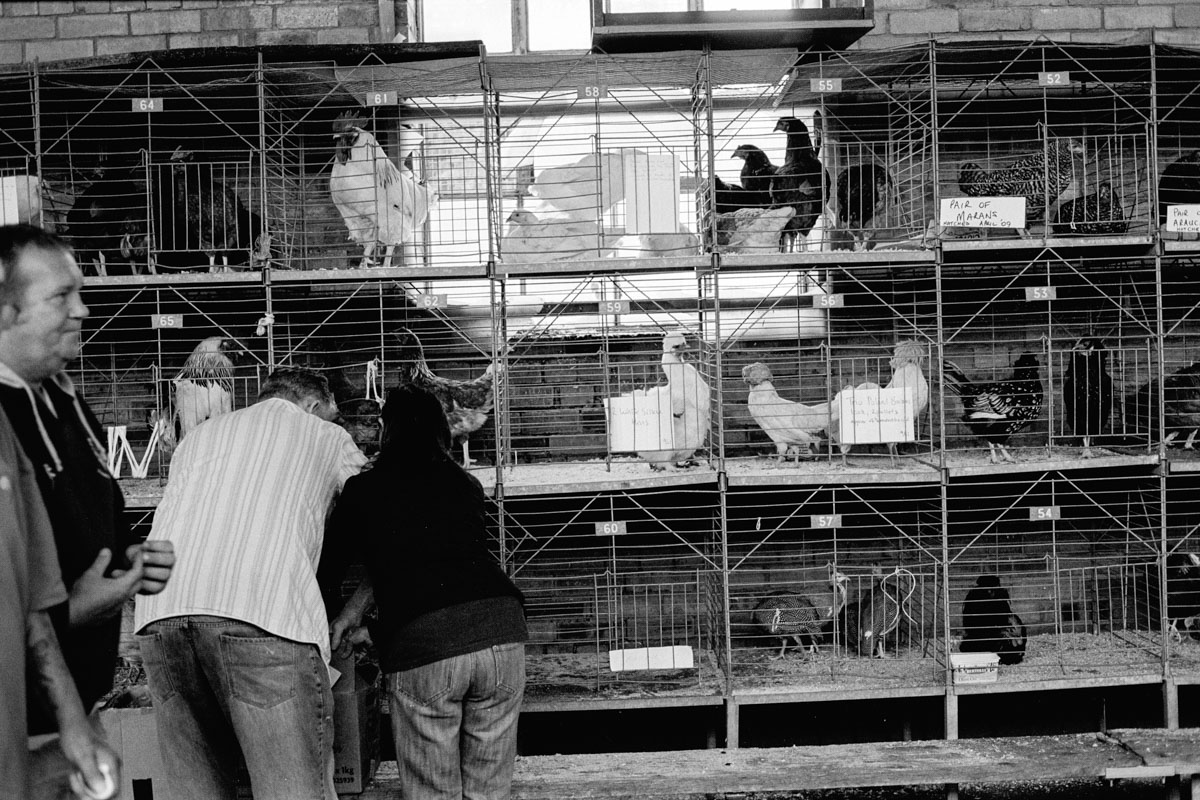
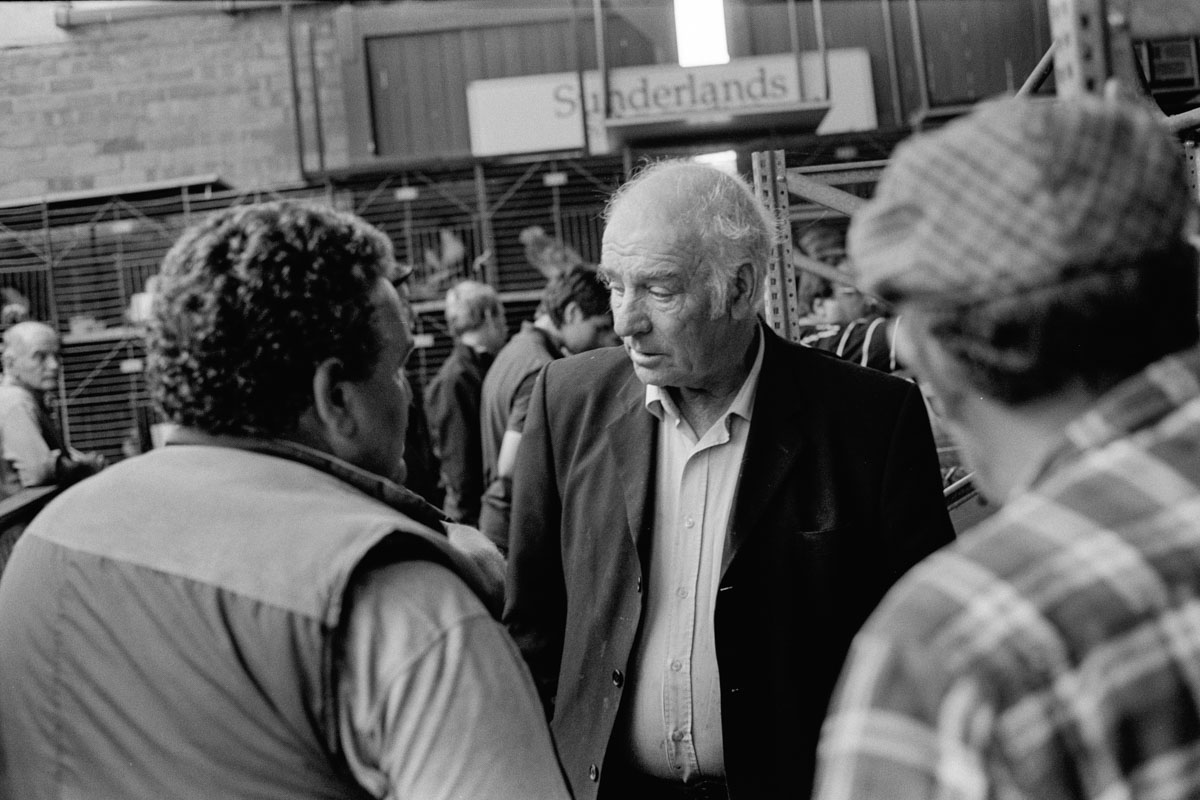
The Allure of Hereford Poultry Auction
The auction drew a diverse crowd. During the sale, the auctioneer sets the starting price, with buyers engaging in bidding until the highest bidder wins. Like today’s auction, it provides an excellent opportunity for restaurants searching for fresh poultry meat. Additionally, many individuals rely on the auction to purchase geese or turkeys for their Christmas celebrations.
Hereford Poultry Auction Today
While the old Hereford Livestock Market may have faded into memory, its spirit endures in the modern incarnation of the Hereford Poultry Auction. Today, this vibrant auction continues to thrive, attracting poultry enthusiasts from far and wide to partake in the age-old tradition of livestock trading. For those interested, the event is held at Hereford Market on Saturdays twice a month from February through November and continues to draw a lively crowd. I imagine much has changed since 2009, but long may it last!
Preserving the Essence of Rural Life
Thinking back, my visit to the auction was more than just a photography session; it was a snapshot of rural life—a place where tradition and community spirit thrived (see Figures 4 & 5). Overall, the photographs I took that day preserve the legacy of the Hereford poultry auction and its significance in Herefordshire’s heritage.
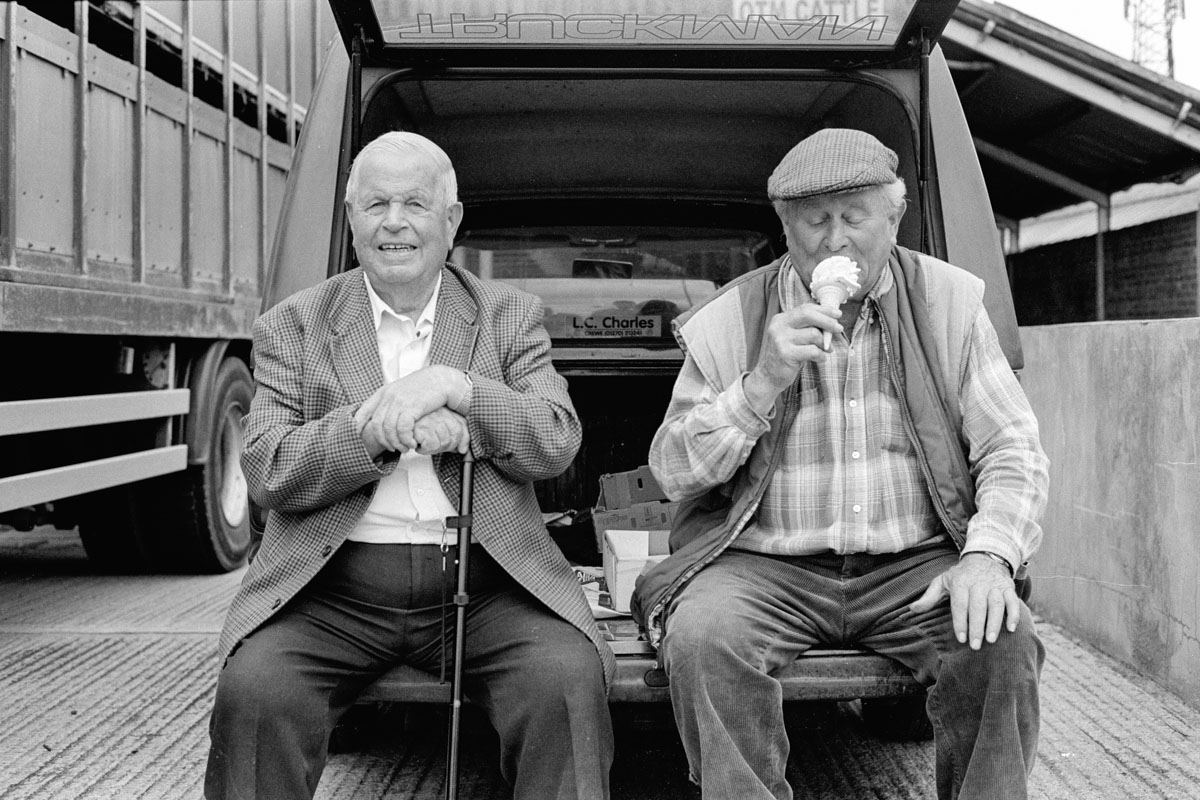

Summary
Overall, through the lens of black-and-white film photography, we have glimpsed into a world where tradition and commerce intersect. So, the next time you find yourself at the Hereford Poultry Auction, take a moment to reflect on the echoes of the past and appreciate the enduring legacy of this cherished rural tradition.
Hereford Poultry Auction – Photos
Finally, here are a few more photos from my visit to the auction.




If you enjoyed reading this blog post, I would appreciate it if you showed your support by giving it a like and sharing it with your loved ones. Thank you for joining me on this journey!
Where
Hereford Poultry Auction, Hereford, England.
When
July 2009.
What
Contax G2 35mm rangefinder camera. And Kodak Tri-X 400 B&W film.
How
I scanned the 35mm B&W negative film as raw TIFF files using the Minolta DiMAGE Scan Elite 5400 scanner and VueScan software.


